Passive House Standards Energize Illinois Recreation Center
A facility in northeast Illinois will be the first of its kind to earn the Passive House Institute’s rigorous certification.
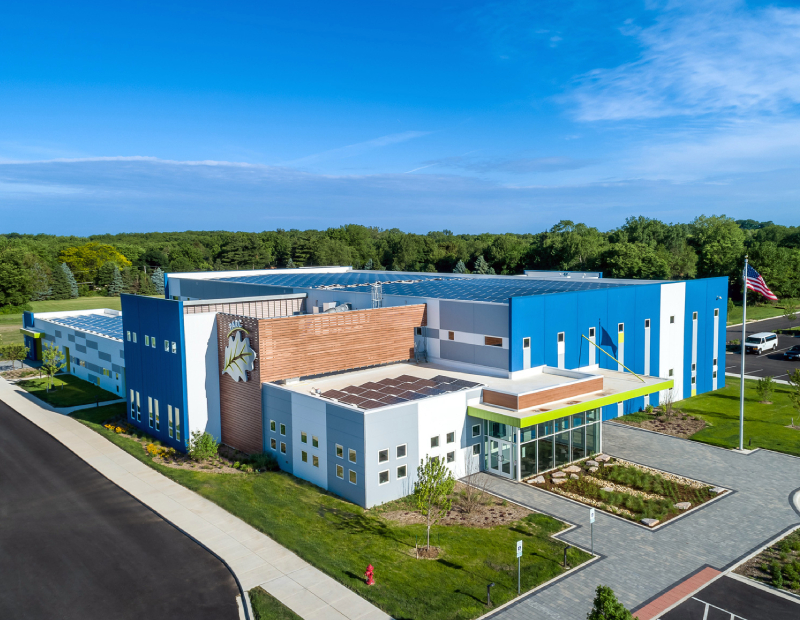
The Prairie Activity and Recreation Center (PARC) in Plainfield, IL is the newest addition to the Bott Park complex and is projected to be the first building of its kind in the U.S. to earn the Passive House Institute US PHIUS+ Source Zero certification. Image courtesy of Wight & Co.
Keeping score has a new meaning at the Prairie Activity and Recreation Center (PARC) in Plainfield, Ill. When visitors come and go through the front entrance of the facility completed in December 2018, an interactive feature displays building energy use and solar energy production information. The data is impressive and the interactive feature is a sign of these energy-conscious times.
The two-story, 37,000-square-foot PARC building is the newest addition to the Bott Park complex of ball fields, soccer fields and playgrounds. The facility features a 4,000-square-foot fitness center and studio with a full-size basketball court, an elevated 10-lap walking track, a 1,600-square-foot multi-purpose room for classes and special events and a preschool suite.
READ ALSO: Top 10 LEED-Certified Buildings in Illinois in 2019
PARC is the first building of its kind in the U.S. to earn the rigorous Passive House Institute US PHIUS+ Source Zero certification. Buildings that meet the PHIUS+ standard use 40 to 60 percent less energy for space conditioning than conventional buildings. PHIUS+ buildings are said to provide superior indoor air quality, resilience during power outages and an extremely quiet, comfortable indoor environment.
Also designed to net-zero specifications, PARC boasts a 28,600-square-foot solar array and a highly insulating building envelope that helps it achieve 65 percent more energy efficiency than a conventional commercial building of the same size in a similar climate.
Practicing Environmental Stewardship
For many years, the Plainfield Park District had held its indoor recreation activities in local schools and had leased a vacant bank for its preschool and day care programs. In order to bring all its programs together under one roof, the Park District commissioned Chicago-based Wight & Co. to design and construct a new recreation center.
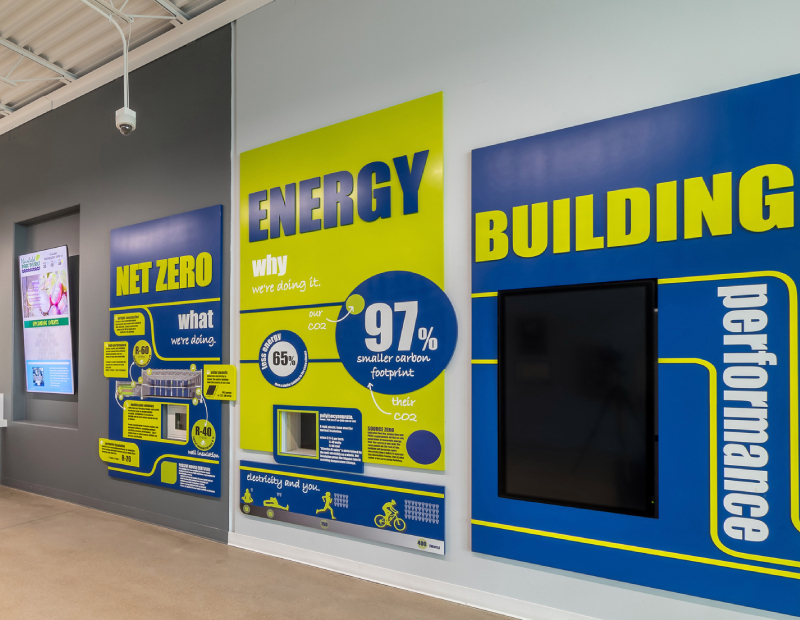
Visitors are able to see and keep track of the building’s impressive energy use and solar energy production information whenever they pass through the lobby. Image courtesy of Wight & Co.
According to Carlo J. Capalbo, executive director of Plainfield Park District, the district’s Board of Commissioners were looking for the upcoming Prairie Activity & Recreation Center to make a sustainable commitment.
“Through our architecture team it was brought forward to the District the opportunity for a Net Zero grant through the Illinois Clean Energy Foundation that held a requirement to obtain a Passive House Certification,” Capalbo said. “The design team in cooperation with the District team determined that Passive House fit the project scope and was attainable to meet the requirements of the grant,” he added.
READ ALSO: Green Building Gains Territory
The Passive House Institute, an organization committed to making high-performance passive building the mainstream standard, is spreading the word that its principles can be applied to all building typologies. That includes multifamily apartment buildings, office towers, single-family homes and recreation facilities. Using a set of guidelines meant “to attain a quantifiable and rigorous level of energy efficiency within a specific quantifiable comfort level,” PHIUS’ goal is to make sure that passive buildings are designed and constructed following these design principles:
- Continuous insulation throughout its entire envelope without any thermal bridging
- Airtight building envelope that prevents infiltration of outside air and loss of conditioned air
- High-performance windows (double- or triple-paned windows, depending on climate and building type) and doors; solar gain is managed to exploit the sun’s energy for heating purposes in the heating season and to minimize overheating during the cooling season
- Balanced heat- and moisture-recovery ventilation
- Minimal space conditioning system.
“The (Passive House) building specifications have impacted our operations expenses at (PARC), but our understanding of the extent is still being determined as we have truly only operated for an initial year,” Capalbo said. “We have continued to analyze and modify all of the HVAC operations to get it closer to the modeling components.”
The initial investments in upgrades to meet Passive House increased the project cost by approximately $1.4 million, or 11.8 percent, according to Capalbo. The premium covered such items as roofing membrane, precast insulation, increased window glazing and mechanical upgrades, especially in the HVAC and lighting modes. “The ICEF grant did offer $1 million of rebate if milestones were met,” he added.
A Super Insulated Envelope
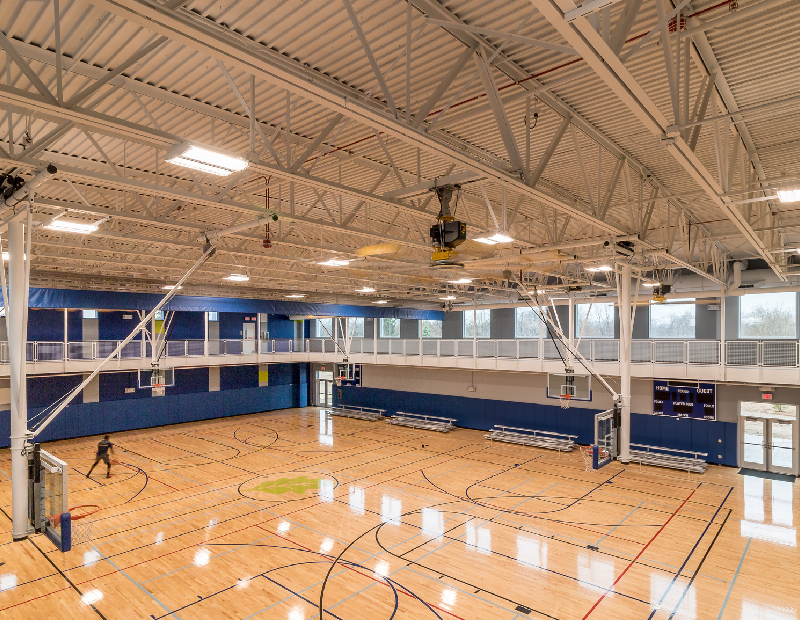
PARC features a 4,000-square-foot fitness center and studio with a full-size basketball court, an elevated 10-lap walking track, a 1,600-square-foot multi-purpose room for classes and special events and a preschool suite. Image courtesy of Wight & Co.
“Passive House was a natural partner with this type of building,” said Lois Vitt Sale, FAIA, LEED Fellow, senior vice president at Wight & Co. High-volume recreation spaces like gyms generally have a low window-to-wall ratio to shield activities from too much light. The majority of these buildings are precast, which allows for internal insulation.
The challenge was making sure the building was well-sealed—in fact, thermal imaging around the building will reveal little leakage. When the building is unoccupied and the systems are set back, the indoor temperature drifts very little—only six degrees in the middle of winter or the middle of summer. “It doesn’t take that much to bring it back to temperature, because we have a super-insulated envelope,” Vitt Sale noted.
As for the costs related to operating a Passive House building, Vitt Sale said they are far less than for a traditional building. “Passive House is an investment that will pay back every day that the building is standing,” she added.

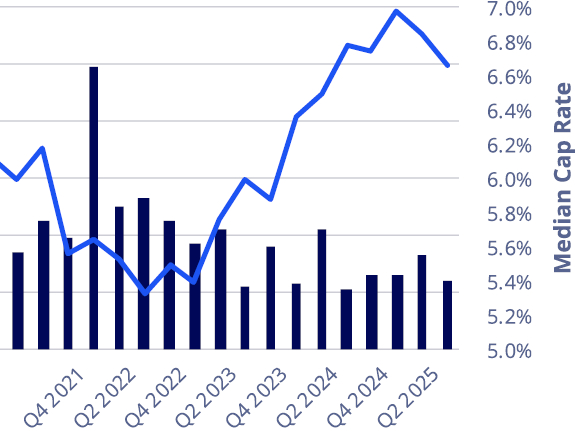
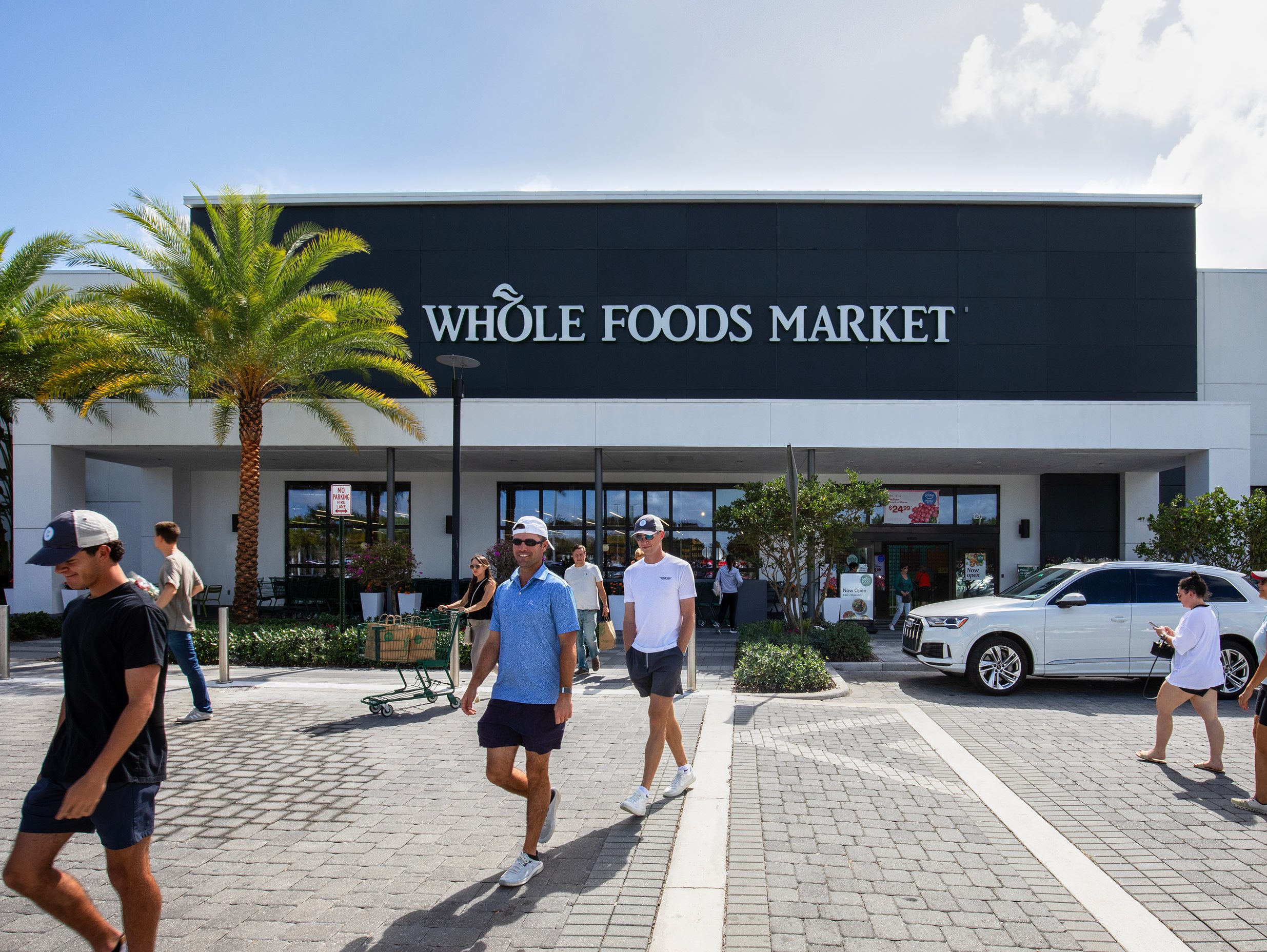
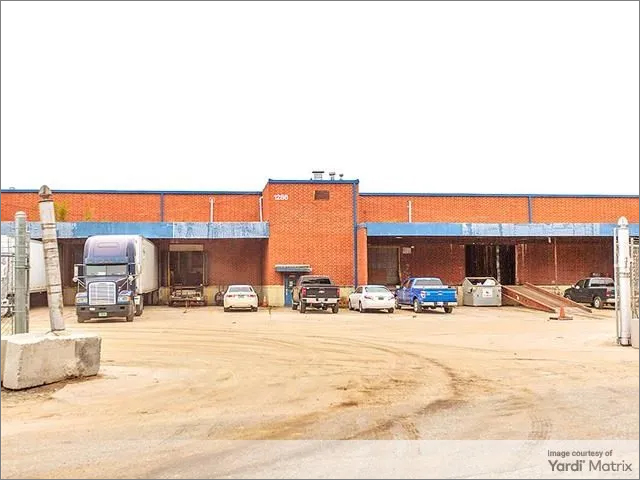
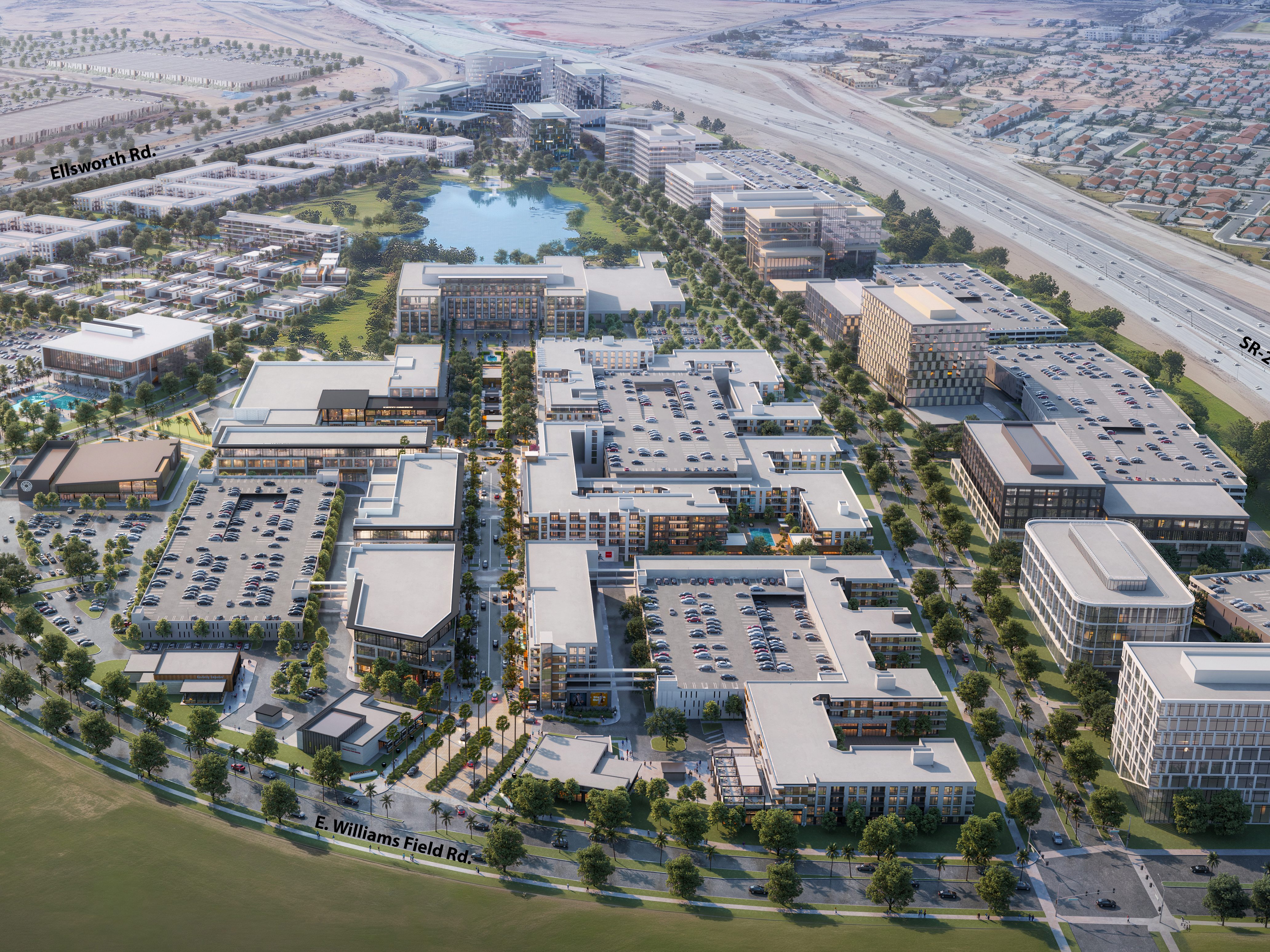
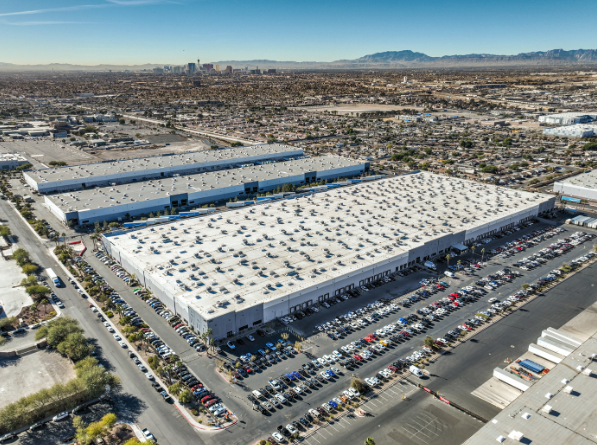
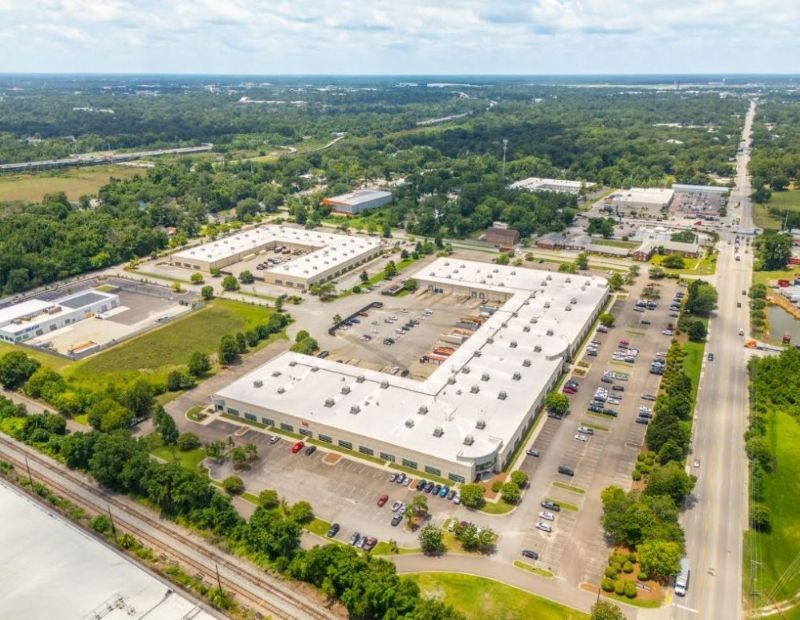
You must be logged in to post a comment.